Sensors
Transducers and Sensors Development
A wide variety of transducers and a range of sensors for application in launch vehicles and satellites are being developed and produced by LPSC in its facility at Bengaluru. This includes various Pressure transducers, Temperature sensors and Level sensors for Launch Vehicle applications and Pressure transducers for satellite applications. 198 nos. of sensors for PSLV, 410 nos. of sensors for GSLV and 212 nos. of sensors for LVM3 is delivered for each mission. In addition to these 6 nos. sensors for GEOSAT and 2 Nos. of sensors for IRS spacecraft are supplied for each mission. | 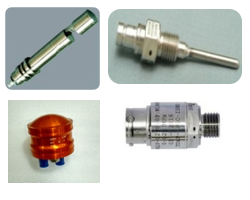 |
1. Pressure Transducers : 21 NA & IDLV are strain gauge-based absolute pressure transducer is used for pressure sensing PSLV, GSLV, LVM3 and Semi cryogenic projects. MEMS based pressure transducers are realize using MEMS pressure cell with Inhouse developed active compensation technique and they are ideal for measurement of pressure with high output and high accuracy. DPT is used where the difference in pressure at two points are to be measured. IDPT sensor is specially designed for the use in spacecraft to monitor the propellent tank pressure and thus facilitate to calculate propellent consumption levels. Integral Diaphragm Pressure Transducers with built in electronics is used for this application. The nominal orbital life of the transducers is more than 15 years.
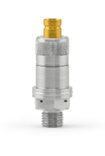 21NA PT |
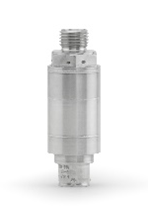 IDLV |
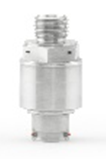 MEMS PT |
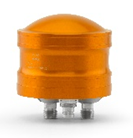 DPT |
 IDPT |
2. Temperature Sensors : HLP or Helium Probe Temperature sensor and TCP or the thermocouple probe uses K-type thermocouple to sense the temperature. TCP incorporates a flexible coupling to ensure flexibility. PTS or Platinum Temperature Sensor uses Platinum based wire wound RTD element to sense the temperature. These sensors are used for PSLV, GSLV, LVM3 and Semi cryogenic project. CTT is used for cryogenic temperature measurement. The sensor uses thin film PRTD element with 1/3 DIN class B accuracy. Small size, compactness, fast response time, low self-heating rate, excellent long-term stability & high reliability are its salient features. It is being used in CE20 engine of LVM3.
 HLP |
 PTS |
 CTT |
 TCP |
Apart from these sensors, LPSC has qualified 8 types of temperature sensors which can be used as substitute for imported sensors currently being used in CRYO stages of launch vehicles.
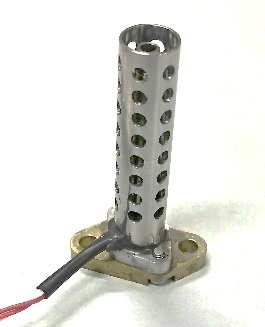 CTS 20K-473K |
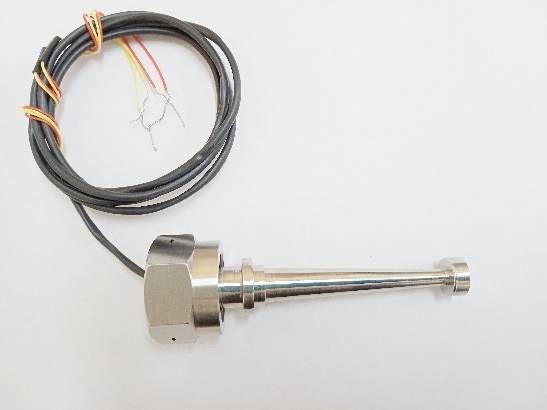 CTS-13K-573K-500-01 |
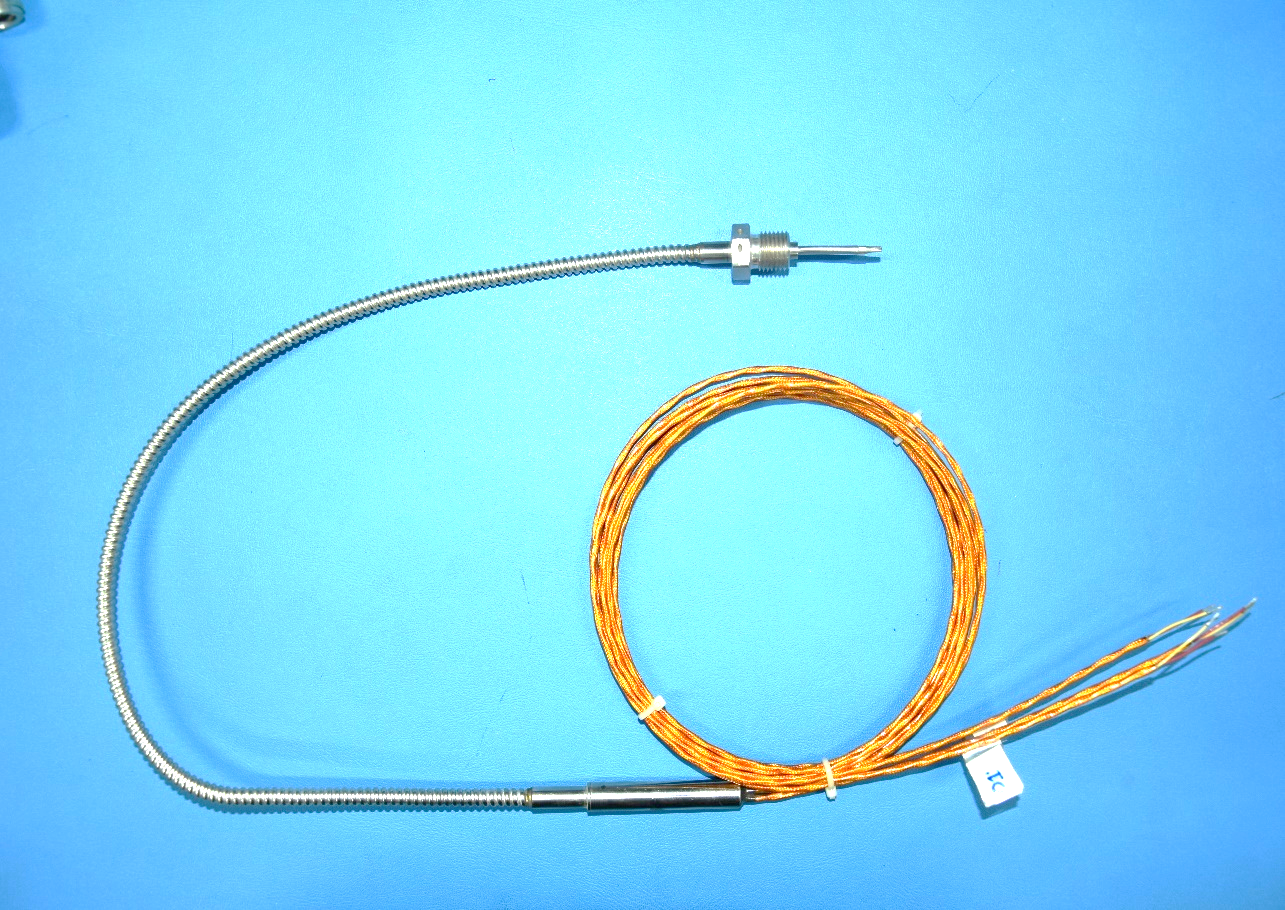 DTCP-73K-1373K |
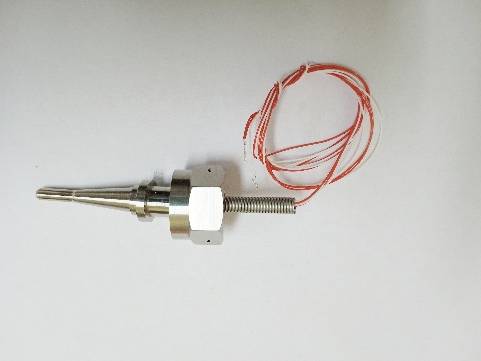 CTS-13K-573K-100-01 |
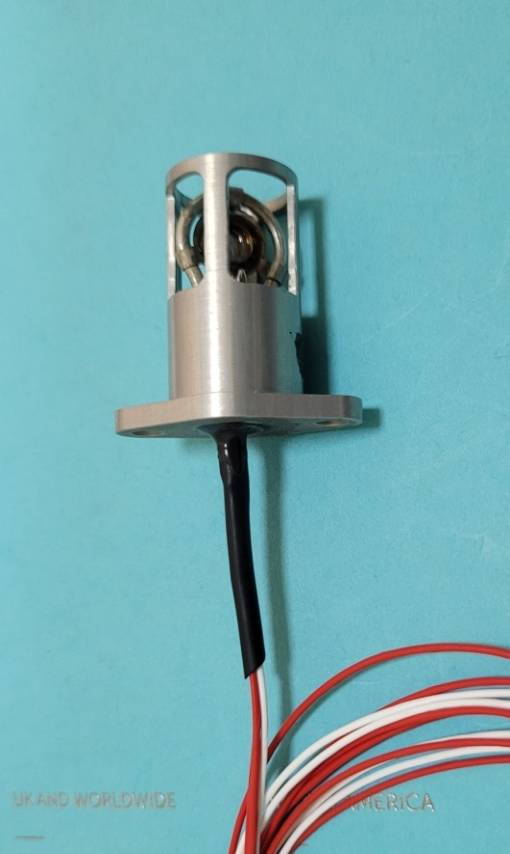 CTS-13K-573K-100-02 |
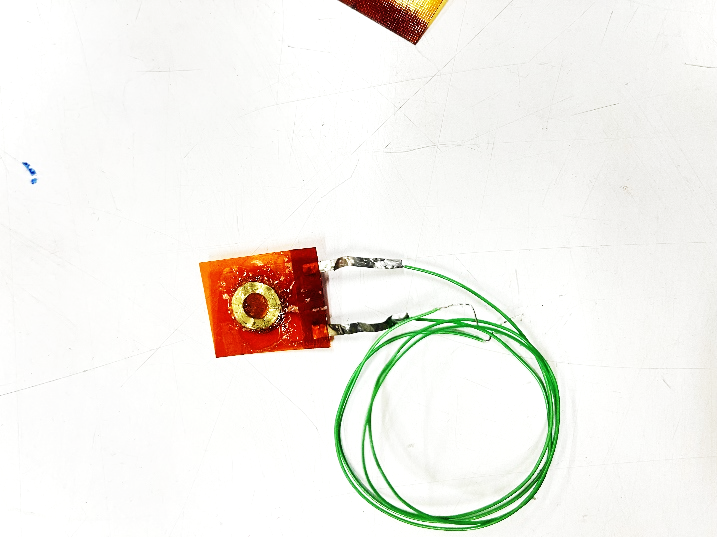 ST-PTS-C |
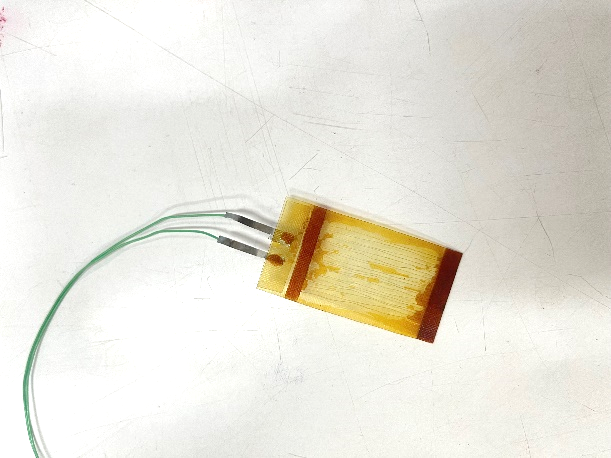 ST-PTS-R |
 CTS-13K-453K |
3. Level Sensors : LPSC produces 3 types of level sensors. Triple Redundant Level Sensor (TRLS) is used for the measurement of LOX & LH2 levels in cryogenic tanks of GSLV and LVM3 launch vehicles. Ultrasonic Liquid Level Sensor (USLS) works on the Ultrasonic Principle and it is used to sense the level of the earth storable propellant in the tank during filling operation. Hydrogen Depletion Sensor (HDS) is used to detect the predetermined depletion level of Liquid Hydrogen and oxygen in the tank during the flight. These sensors are being used in PSLV, GSLV and LVM3 missions.
 HDS |
 USLS |
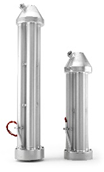 TRLS |
4. Speed Sensors : LPSC has developed and qualified 4 types of speed sensors for launch vehicle application. These are import substitution for sensors currently being used in launch vehicles for both Cryo and earth storable propellants. ESS-TP speed sensor is used in all the earth storable stages for speed measurement of turbo pumps. CSS-MTP is used is CUS and C25 stages for Main turbo pump speed measurement.
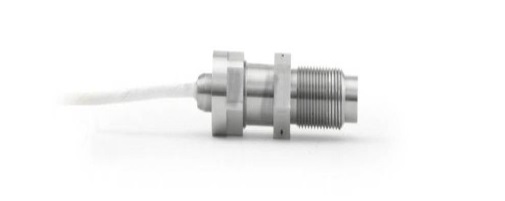 CSS-FBTP |
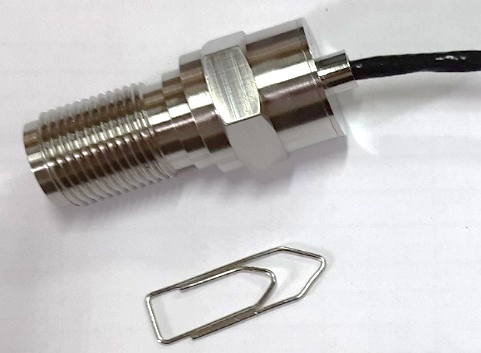 CSS-OBTP |
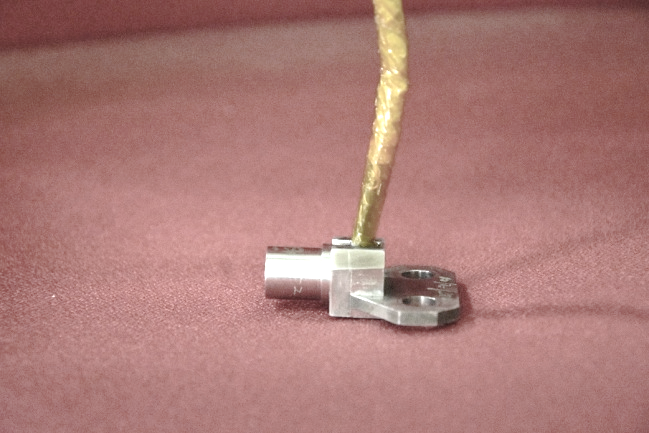 CSS-MTP |